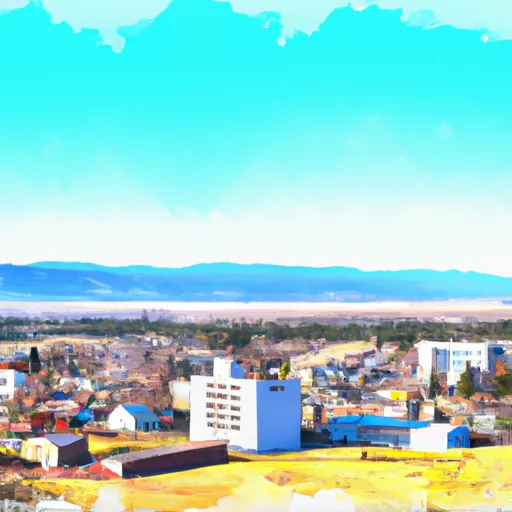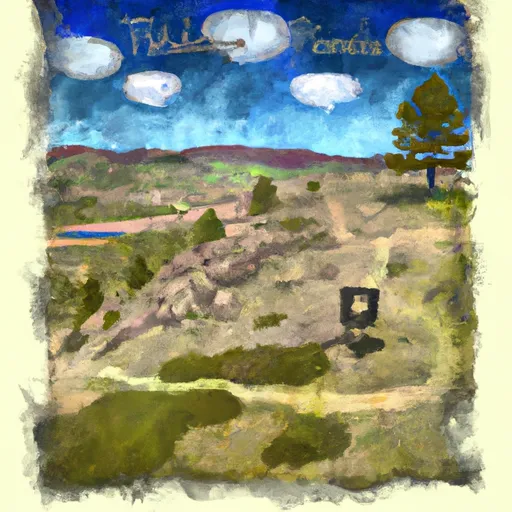°F
°F
mph
Windspeed
%
Humidity











Felt, Idaho is a small town located in Teton County. The area has a humid continental climate with cold winters and warm summers. The Teton River runs through the town, providing ample opportunities for fishing and kayaking. The river is also an important source of irrigation for the surrounding agricultural lands. The area is also known for its abundant wildlife, including elk, deer, and moose. Outdoor enthusiasts can enjoy hiking, camping, and skiing in the nearby Teton Mountains. Yellowstone National Park is also just a short drive away, offering even more recreational opportunities.
Weather Forecast
Felt receives approximately 446mm of rain per year, with humidity levels near 77% and air temperatures averaging around 5°C. Felt has a plant hardyness factor of 4, meaning plants and agriculture in this region thrive during a short period during spring and early summer. Most plants will die off during the colder winter months.
Regional Streamflow Levels
716
Cubic Feet Per Second
238
Cubic Feet Per Second
70
Cubic Feet Per Second
24
Cubic Feet Per Second
Nearby Camping
| Camping Area | Reservations | Toilets | Showers |
|---|---|---|---|
| Trail Creek - Victor | |||
| Calamity | |||
| Mike Harris | |||
| Cave Falls | |||
| Riverside Park | |||
| Grandview |



